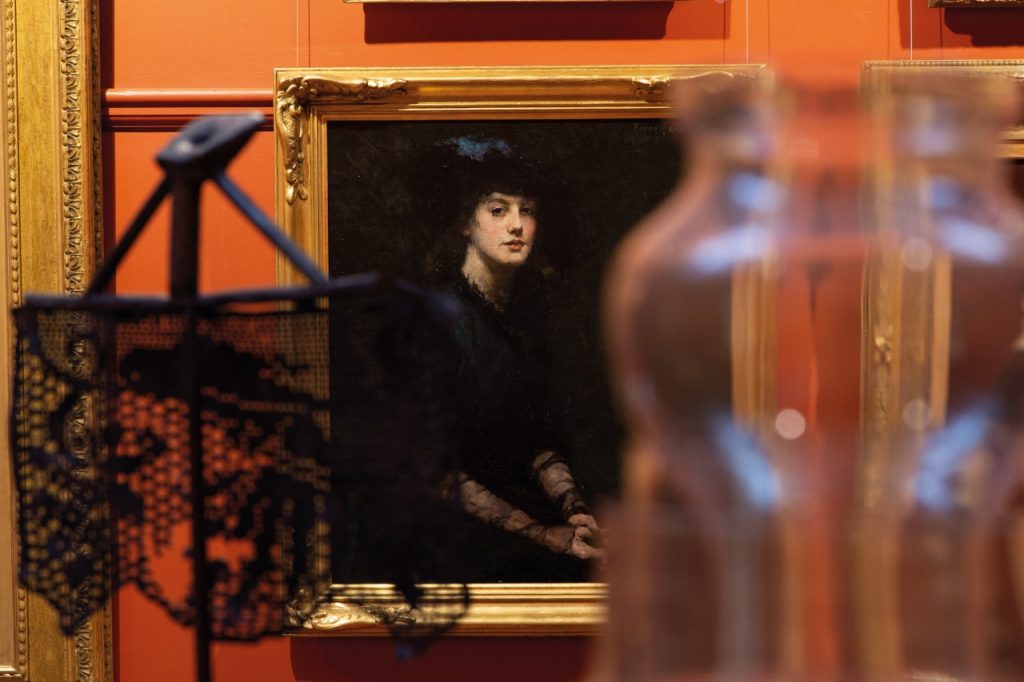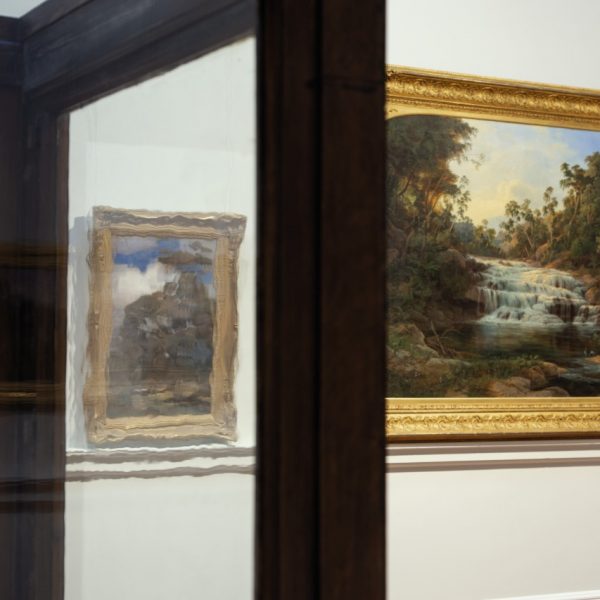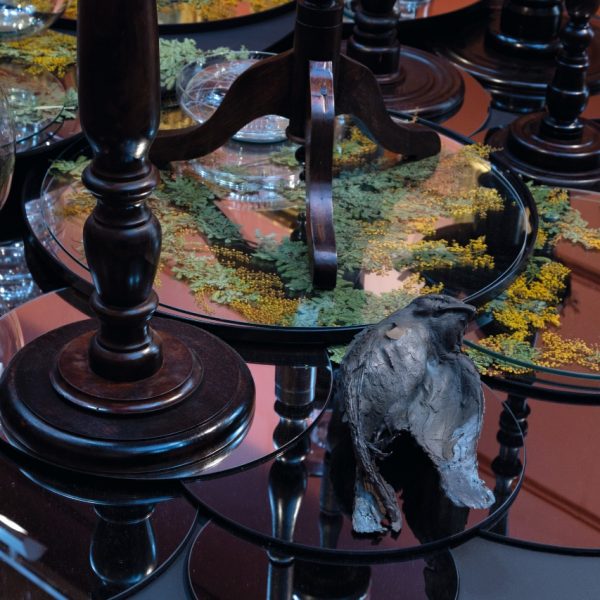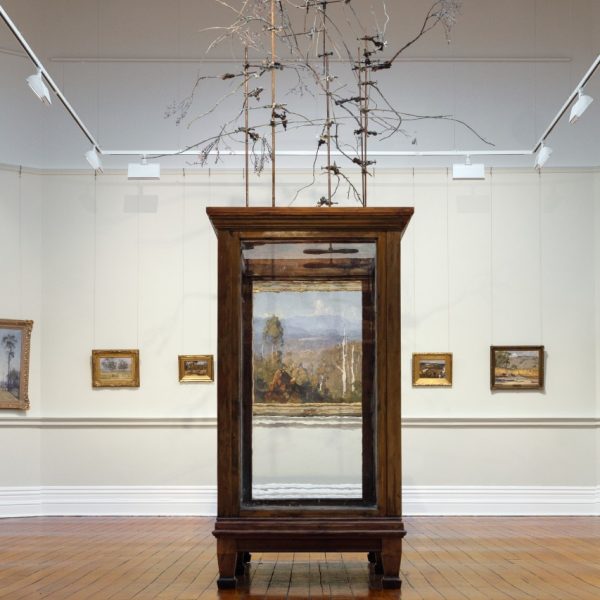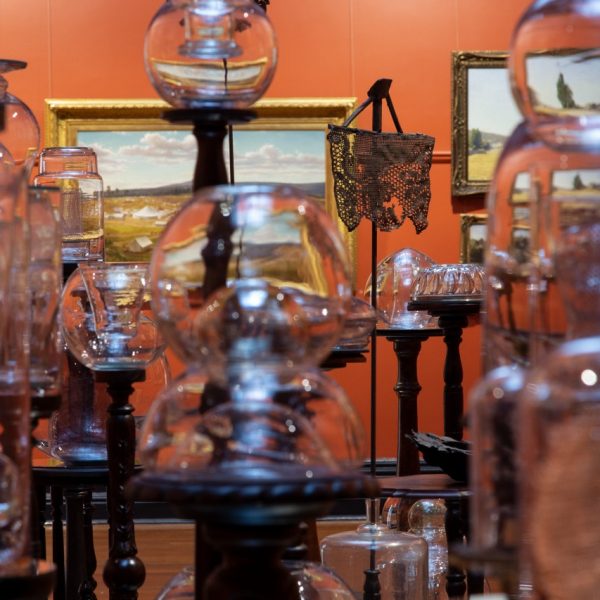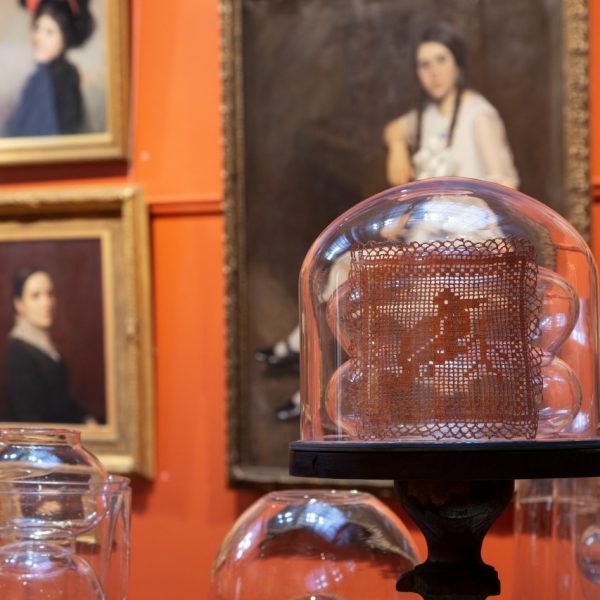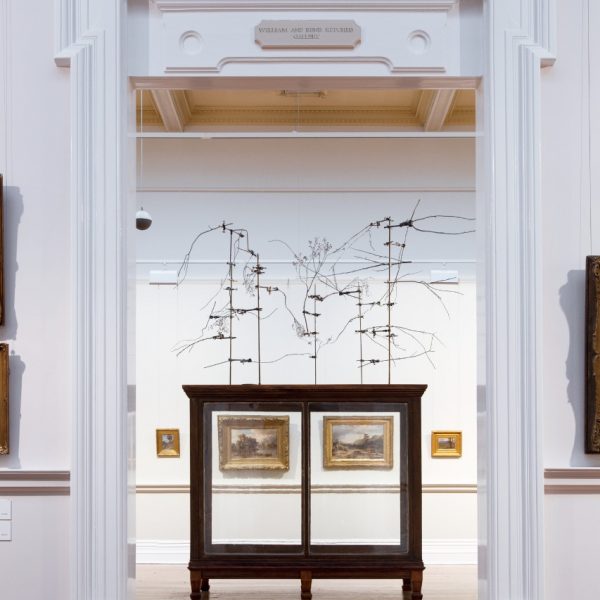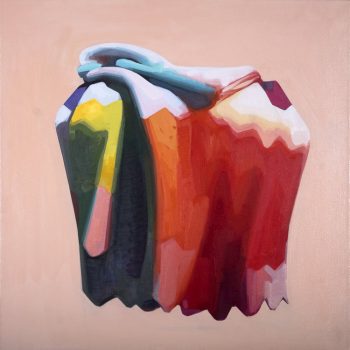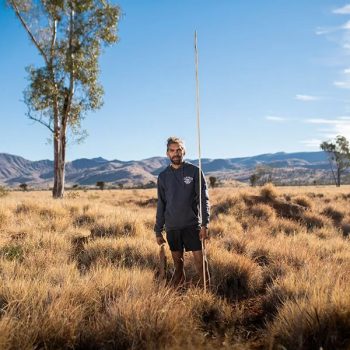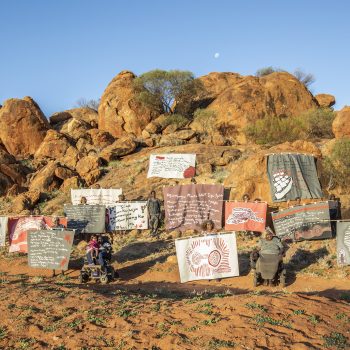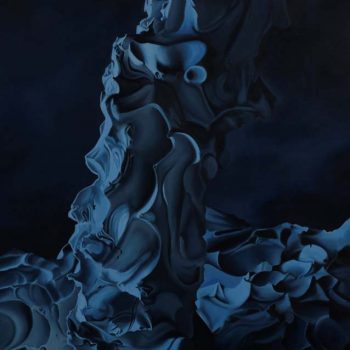ART GALLERY OF BALLARAT
LOUISEANN KING
SOLIS
until 7th April 2019
Aspects of King’s work are cast in bronze, itself a tough unforgiving material thus rewriting the dialogue between the forgotten feminine and the dominent masculine in Australian history and art.
 I was beyond excited to learn about this exhibition at Art Gallery Ballarat. For the uninitiated, Ballarat is a grand regional Victorian city bursting at the seams with architectural history and stories to match. It is a beautiful old town with a rich past courtesy of gold discoveries in the 1850’s.
I was beyond excited to learn about this exhibition at Art Gallery Ballarat. For the uninitiated, Ballarat is a grand regional Victorian city bursting at the seams with architectural history and stories to match. It is a beautiful old town with a rich past courtesy of gold discoveries in the 1850’s.
As I glimpsed Louiseann King’s work, I was put in mind of Louise Bourgeois, an icon of 20th century installation and sculptural practice. Many of her works involve a “cage / cabinet” and objects in a position of contrariness and counterintuition. Similarly, King’s work draws together female domestic references and 19th century art from Art Gallery Ballarat’s collection. In the process reinterpreting history (a predominently patriarchial history) from a wide-ranging feminine domestic and social perspective.
Layers of meaning explore the inner realm
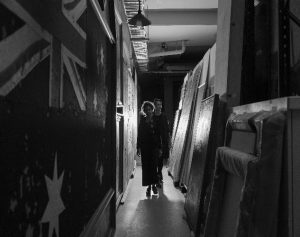 “King’s forthcoming exhibition at the Art Gallery of Ballarat, solis…will see two exhibition spaces within the Gallery reconceived with thematic displays of work to
“King’s forthcoming exhibition at the Art Gallery of Ballarat, solis…will see two exhibition spaces within the Gallery reconceived with thematic displays of work to
explore depictions of women and landscapes in the nineteenth century, so that King’s sculptural installations sit within them, providing points of contrast and dialogue with works from the collection.
Her exhibition solis, on show at the Art Gallery of Ballarat until 7 April, has prompted a rehang of a part of the Gallery permanent collection so that her work provides points of contrast and dialogue with the paintings from the collection on the walls.”
WHO IS LOUISEANN KING?
“King is a maker and a collector of time and place; her practice is one where she works with nuance, subtlety, the liminal, the forgotten and the lost. She collects, salvages, collates, regroups, juxtaposes and re-renders, creating works which cross boundaries of time and place.
She is an oddity and, at times, a curiosity: a woman artist working in bronze in a field dominated by men, with a practice which is inherently feminine and ‘other’. In her practice, bronze is both inherently monumental and heroic, and also deeply seductive and sensual in its potential to enable transformation.
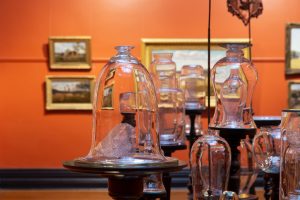 Working closely with Gallery Curator Julie McLaren,
Working closely with Gallery Curator Julie McLaren,
King will consider the way the Gallery collection is displayed, the spaces within the Gallery and how these generate meaning and context.
solis will feature new sculptural installation works/interventions and a collaboration with sound artist Philip Samartzis which utilises local eco-acoustic recordings and the acoustics of the exhibition space.”
GALLERY DIRECTOR LOUISE TEGART
Gallery Director Louise Tegart said that galleries needed to be open to the idea of artists being able to provide a different level of meaning to our history and collection.
“The mix of old and new works creates bold juxtapositions, questions our assumptions and reveals new conceptual connections.
We are delighted to be supporting a regional artist to show us new ways of looking into and at the collection.
Two exhibition spaces, which have been part of a chronological display showing the evolution of Australian art, have been overturned using a thematic approach.
 One space is now devoted to works which show aspects of women in society from the mid-nineteenth to the early twentieth century. These works surround a large installation which incorporates bronze castings of lace and crochet – women’s work – set within domestic and scientific glass ware, creating interesting reflections and viewpoints.
One space is now devoted to works which show aspects of women in society from the mid-nineteenth to the early twentieth century. These works surround a large installation which incorporates bronze castings of lace and crochet – women’s work – set within domestic and scientific glass ware, creating interesting reflections and viewpoints.
A second room brings together traditional landscapes from the collection which have been selected to chart the course of a day from dawn to night. This room contains a large glass vitrine topped with delicate castings of natural branches but is dominated by a soundscape featuring Australian bush recordings by sound artist Philip Samartzis.
The exhibition draws from King’s own experience living in the Australian bush at Eganstown and her work is partly a meditation on the experience of being surrounded by the calm of Nature. As Professor Ken Wach writes in his catalogue essay that King, ‘does not merely follow her bliss; rather she searches for felt contacts’.
…Louise Tegart said that galleries needed to be open to the idea of artists being able to provide a different level of meaning to our history and collection.
‘The mix of old and new works creates bold juxtapositions, questions our assumptions and reveals new conceptual connections.’
The text in both italics and parenthesis is taken from Art Gallery of Ballarat’s promotional material.

